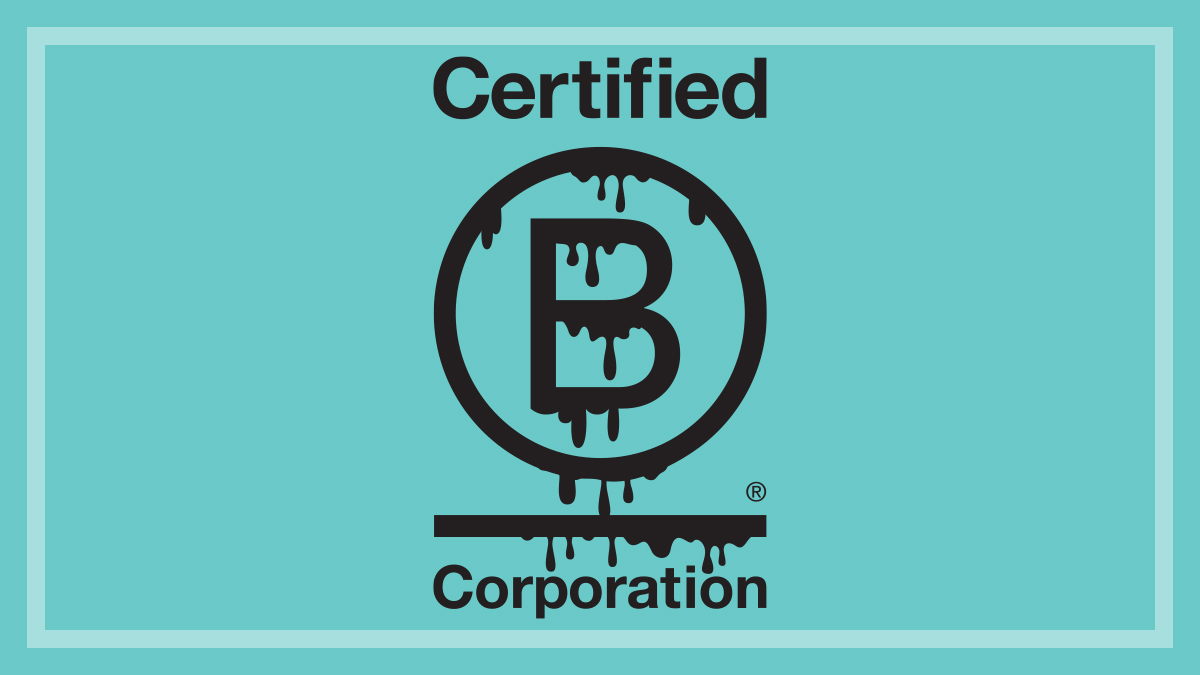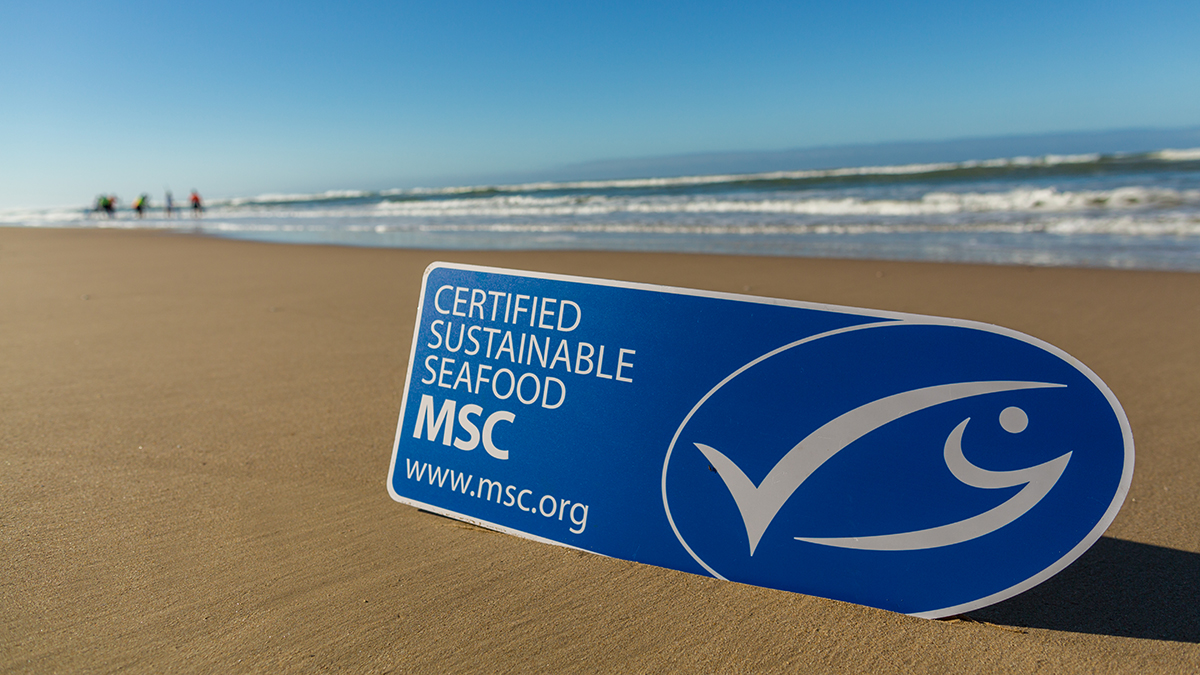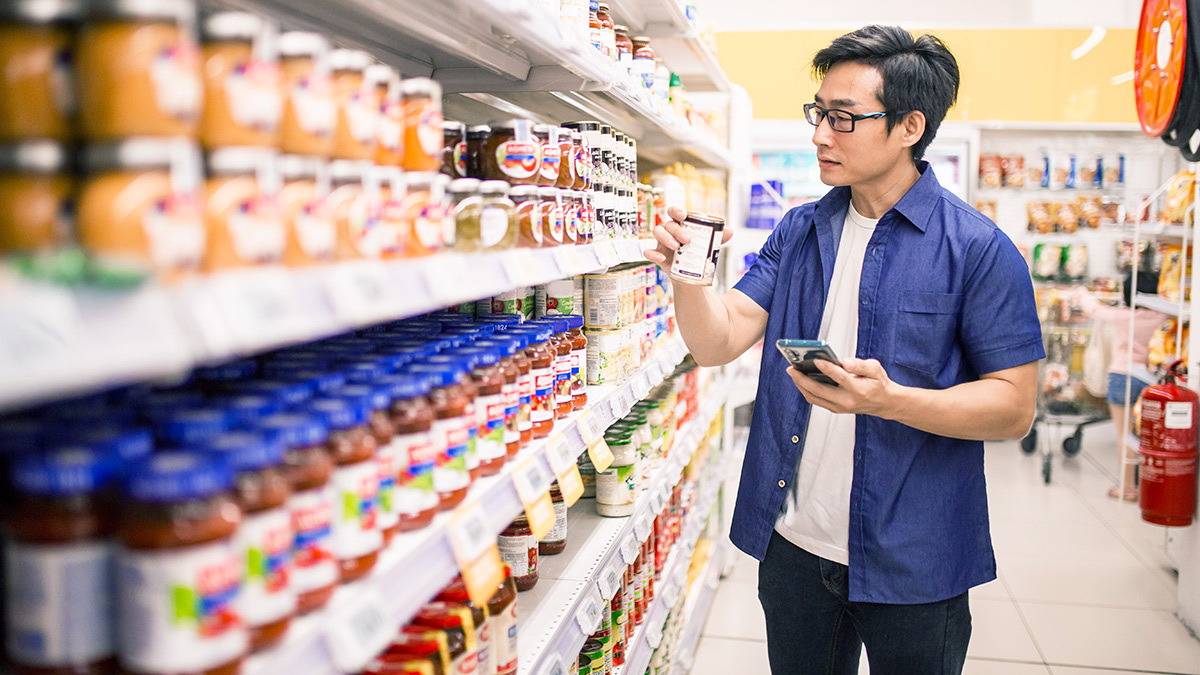Get our independent lab tests, expert reviews and honest advice.
Supermarket-brand groceries’ country of origin labelling

The vast majority of consumers want to know where their food comes from. Following our grocery prices survey, many readers told us this was just as important as price – if not more so. Your reasons are plentiful. It could be that a particular country or region has a great reputation for a certain type of food or ingredient, for example. You might be concerned about the chemicals or pesticides permitted for use in food production in some countries. The environmental impact of transporting food from faraway places could be a deterrent to you buying imported foods. Or you might simply be keen to support local farmers.
We wanted to find out where the major supermarkets source their packaged food products from, and if we could tell by reading the labels.
New labels on the way, but until then…
The government has released the designs for new country of origin labels, which is a big step towards ending the confusion around country of origin labelling, especially for consumers who want to know how much of a product was manufactured or grown locally. But you won’t see these labels in supermarkets until later in the year, so at the moment consumers only have access to sketchy information on packaged foods. And what little info is provided can be quite confusing.
‘Product of Australia’, ‘Made in Australia’, and ‘Made in Australia from local and imported ingredients’, for instance, all mean different things. And the rules around the current country of origin labelling system leave plenty of room for confusion.
A product labelled ‘Made in Australia’ must be made (not just packed) in Australia, and at least 50% of the cost of making must be incurred here. But it can contain ingredients from other countries, and may not necessarily contain any Australian ingredients at all. So where does the rest of the stuff we put in our mouths come from?
Packaged food mysteries
We recorded the country of origin statements for more than 320 packaged foods from market-leading brands as well as Aldi, Coles’ and Woolworths’ private label brands. Based on feedback from about 460 members, we focused on packaged product categories deemed most important for country of origin, including:
- canned and frozen fruit and veg
- dried fruit and nuts
- fruit and vegetable juices
- frozen ready meals
- smallgoods (eg bacon and ham).
Food labels are required by law to tell you where a product was made or produced, but the current system creates a barrier to making informed choices. If you want to know for sure where the ingredients in your strawberry jam, cans of baked beans, party sausage rolls, or bottles of shelf-stable juice come from, forget it – there’s a good chance you won’t find that information on the label.
What the labels told us
For almost 60% of the 300-plus products we looked at, the country of origin statement didn’t reveal where the ingredients were actually sourced:
- ‘Made in’ claims, notorious for being misunderstood by consumers, were used on more than half of the products.
- Just 34% of products displayed ‘Product of’ labels – arguably the most helpful of the current approved statements for packaged foods since it means the main ingredients come from that country and virtually all the processing was done there.
- Although 66% of the products we reviewed mention Australia in their country of origin statements, once you navigate the confusing terminology it’s only possible to be certain that 26% of the products – or at least their major or characterising ingredients – have been sourced in Australia.
View the full list of 320 products (PDF, 50KB) we looked at and their country of origin statements.
Is it Australian?
In our most recent survey on the topic, 95% of 743 CHOICE members surveyed told us they try to buy Australian foods, and the top reason given was the desire to support Aussie farmers.
The major supermarket chains publish figures for the proportion of their fresh produce that’s sourced locally, but their commitments to sourcing local products under their private label brands for packaged food products are less specific.
Coles’ position on local sourcing
Coles’ ‘Australia first’ sourcing policy supposedly covers private label products as well as fresh. But the only details we could find on its website were that it recently replaced all frozen vegetables in the Coles Smart Buy range with 100% Australian-grown vegetables through a contract with Simplot, and committed to sourcing 100% of its private-label canned peaches, pears and apricots from local fruit processor SPC Ardmona.
Woolworths’ position on local sourcing
Like Coles, Woolworths has partnered with SPC Ardmona to supply its own-brand canned apples, pears, peaches and apricots, and with Simplot to provide all its Select-brand frozen vegetables. It reports that its private-label brands (Homebrand, Select, Macro and Gold) were 75.8% Australian-sourced in 2014.
Aldi’s position on local sourcing
Aldi’s latest TV ads focus on the local suppliers of its private-label products. An Aldi Australia spokesperson told us, “We only source products from overseas when we can’t find the product, quality, efficiency or innovation we seek here in Australia”. They added, “In some instances, Australian suppliers do not have the volume of product to meet high consumer demand, so we source an equivalent alternative from overseas to ensure we can continue to deliver high quality products at permanently low prices.”
Looking for evidence of local sourcing
We looked at a subset of 240 products – 60 different product types each with product representation from a market-leading brand and an equivalent Aldi, Coles and Woolworths brand – to see if local sourcing was evident from the label.
At first glance, it appeared that 80% of market-leading brand groceries in the sample were sourced locally, compared with 69% from Woolworths, 67% from Coles and 63% from Aldi. But once you eliminated all those that were simply ‘packed in’, ‘processed in’ or ‘made in’ Australia, you were left with a much smaller proportion you could be confident were sourced predominantly from local suppliers based on their country of origin statements – just 41% of Coles, 39% of Woolworths, 31% of market leaders, and 13% of Aldi products in our snapshot.
Hoping to get to the bottom of the issue, we asked the retailers directly. Aldi provided information about where its fresh foods are sourced and outlined its commitment to transparency in front-of-pack labelling, but gave no additional clarification about where it sources its private label products beyond what’s stated on the label. Both Coles and Woolworths chose not to respond.
While all three retailers were compliant with current mandatory country of origin labelling requirements, and aren’t required by law to supply more details than they have, more transparency wouldn’t go astray. Is it really that hard to tell consumers where the cashews in a pack of cashews come from?
Coles does better
In our snapshot, Coles more often had labelling that allowed us to pinpoint the source of its products, and gave a level of detail beyond the minimum requirement. Its Thai Green Chicken Curry, for example, states: “Made in Australia with Australian Chicken. Rice from Thailand. Coconut milk from the Philippines or Thailand. Vegetables from Australia”.
In comparison, the equivalent Woolworths Select green curry says: “Made in Australia using 100% Australian chicken” and Aldi’s green chicken curry states “Made in Australia”.
Coles’ labels are also in a consistent format, with country of origin labelling always appearing under the heading ‘Information’ so you know where to look.
Country of origin labelling can be complicated for manufacturers when there are multiple ingredients, or when ingredients are sourced from various locations at different times of year due to seasonality. But even so, transparency across the board could be vastly improved.
CHOICE verdict
The current country of origin labelling system make it difficult to check if supermarkets’ sourcing policies extend to their private label brands.
The government’s new system should make it easier to identify if the product is manufactured in Australia or what the proportion of Australian ingredients in the product is (if any), which is great if you care about how Australian your food is. But it’s less useful if you’re interested in the source of non-Australian ingredients. It will be interesting to revisit our list of 320+ products once the new system is in place, to see if it provides better clarity around where they’re sourced.
To help consumers know where their food comes from, we urge food manufacturers to be more transparent about the origin of their ingredients and provide information on the origin of all the main ingredients in their products, Australian or not.
Current country of origin labels explained
Most foods in Australia are required by the Food Standards Code to have country of origin labelling. The current rules for country of origin claims are set out in Australian Consumer Law and these claims are regulated by the ACCC. New statements and associated logos will replace these later this year.
| Approved statement | Definition | What it doesn’t tell us |
|---|---|---|
| ‘Product of [country name]’ | Each significant ingredient or part of the product originated in the country claimed and almost all of the production processes occurred in that country. | This is arguably the most helpful of the current approved statements, but it doesn’t guarantee that 100% of that product came from or was processed in that country. |
| ‘Made in [country]’ | The product was ‘substantially transformed’ in the country claimed with at least 50% of production costs incurred in that country. | Where the ingredients were grown or sourced. A product with ‘Made in Australia’ on the label won’t necessarily contain Australian ingredients. |
| ‘from local and imported ingredients’ | The product was largely processed in that country (as per ‘Made in’), and that the ingredients come from at least one other country in addition to the one named. | Which other countries the ingredients come from, or in what proportion. It’s widely believed that if the word ‘local’ comes before ‘imported’ then the majority of the ingredients are locally sourced, and vice versa, but the standard doesn’t address this so there’s no guarantee. |
Where do supermarkets source their fresh food from?
Our research looked at the sourcing of packaged food products. Is it any easier to find out where the major supermarkets source their fresh food from?
Aldi told us 100% of its eggs, bread, fresh meat and fresh poultry products, 93% of its fresh dairy products and 91% of its fresh fruit and vegetables are ‘Australian made’.
Coles’ 2014 annual report states that 96% of its fresh fruit and veg is Australian grown – along with 100% of meat from its meat department. Woolworths has the same stats, according to its 2014 corporate responsibility report.
So why isn’t 100% of fruit and veg sourced locally all of the time? It might be that they’re not always in season in Australia, weather might have affected crops, or the product might not even be grown here, for example. Aldi supplied us with a list detailing where its fresh fruit and veg are sourced throughout the year, which you can access by clicking on the link below. Coles and Woolworths shoppers can check the charts on each retailers’ websites.
For details of where retailers source fresh fruit and veg and when, go to:




